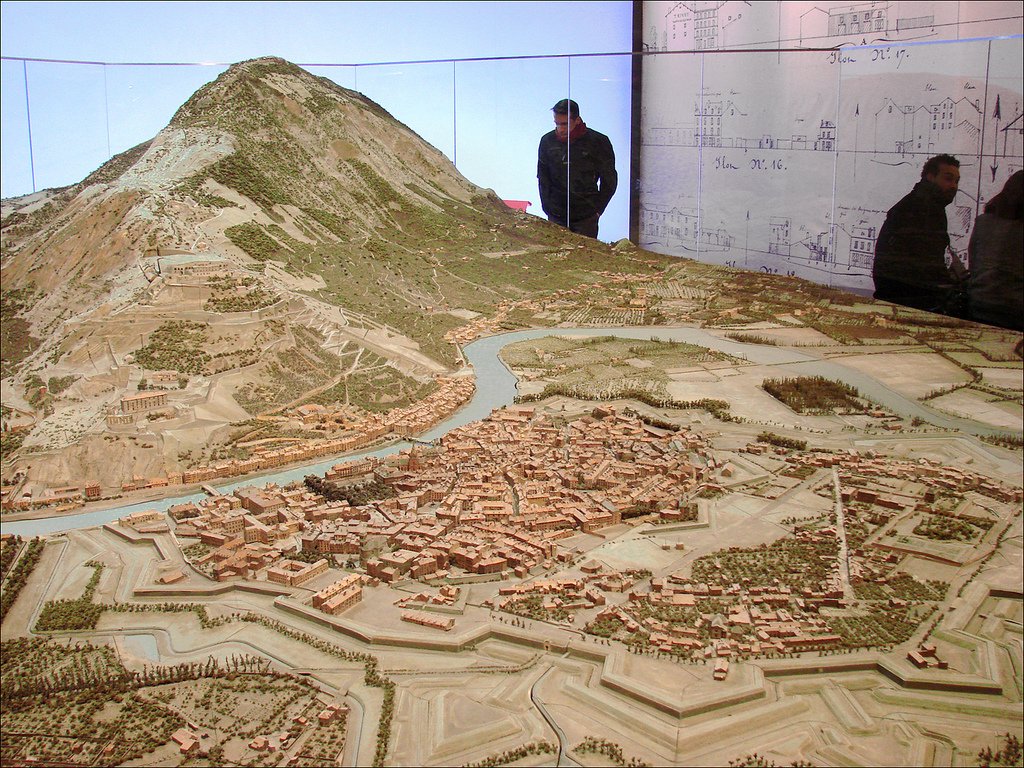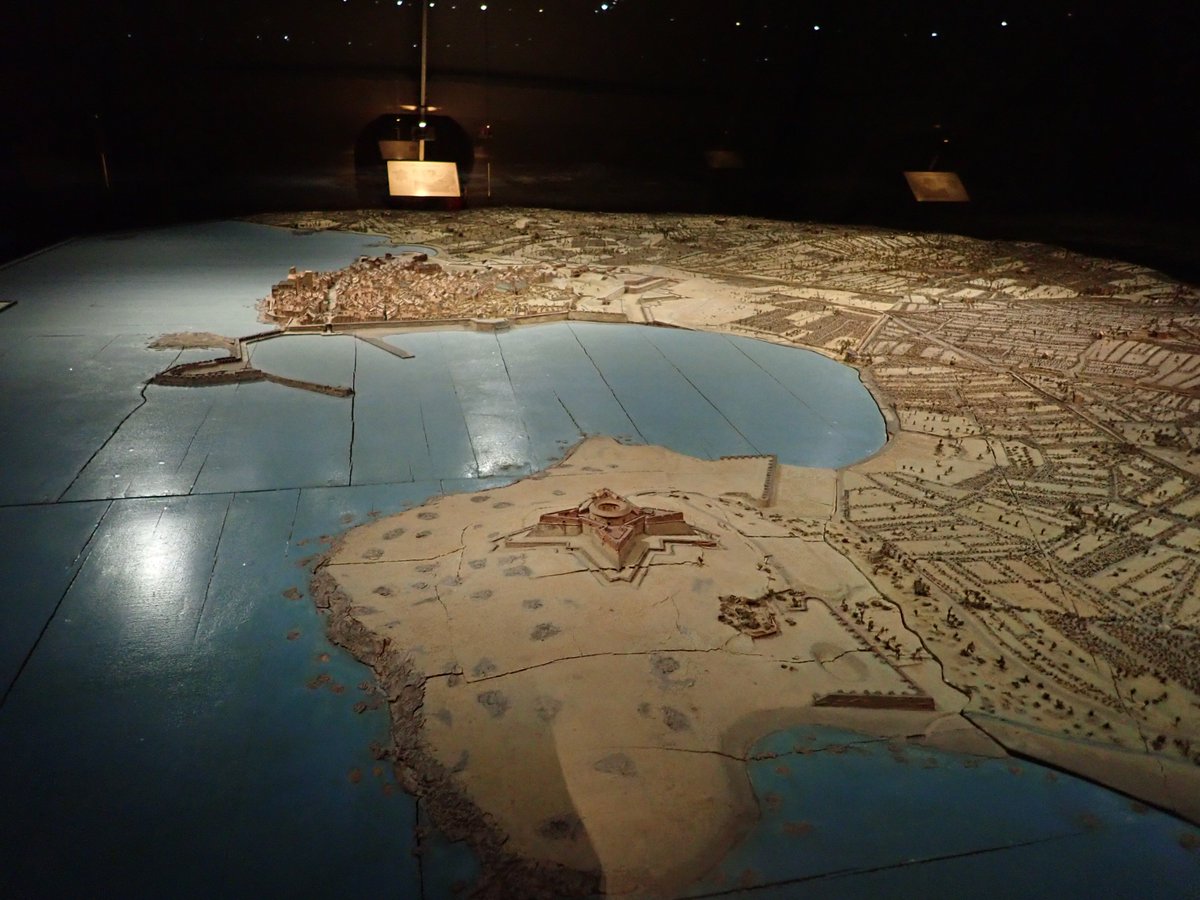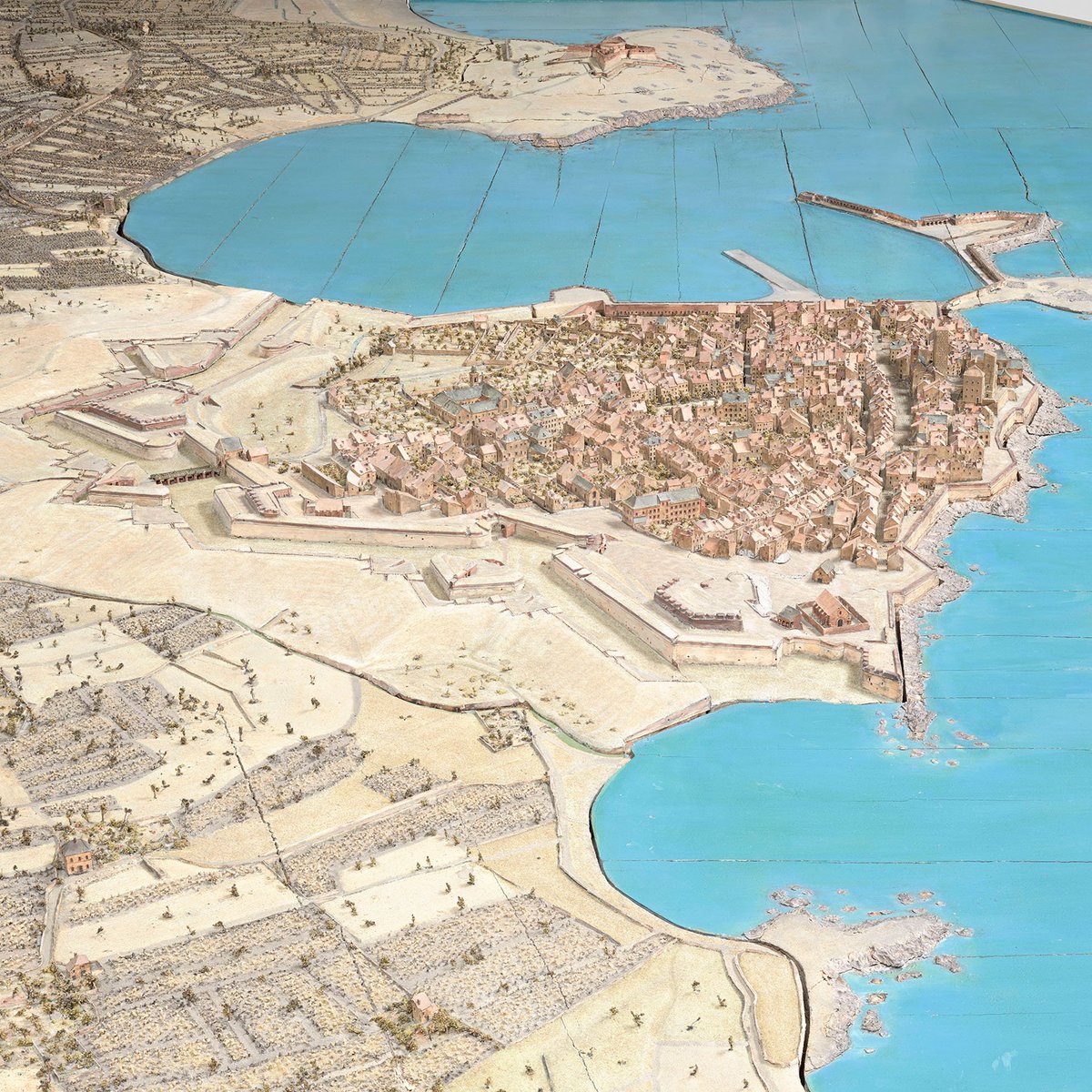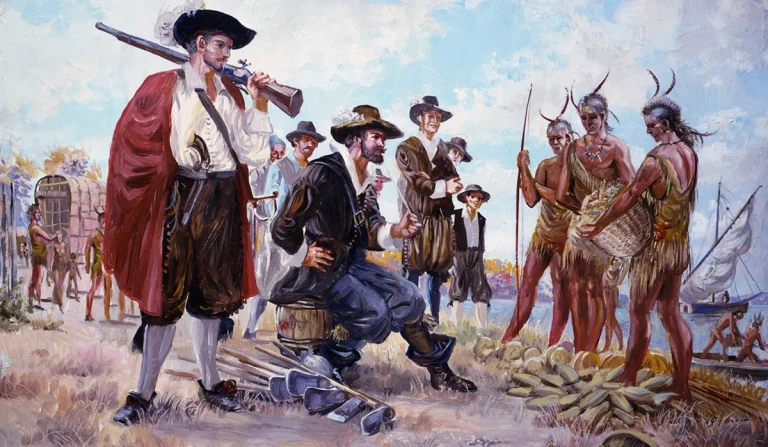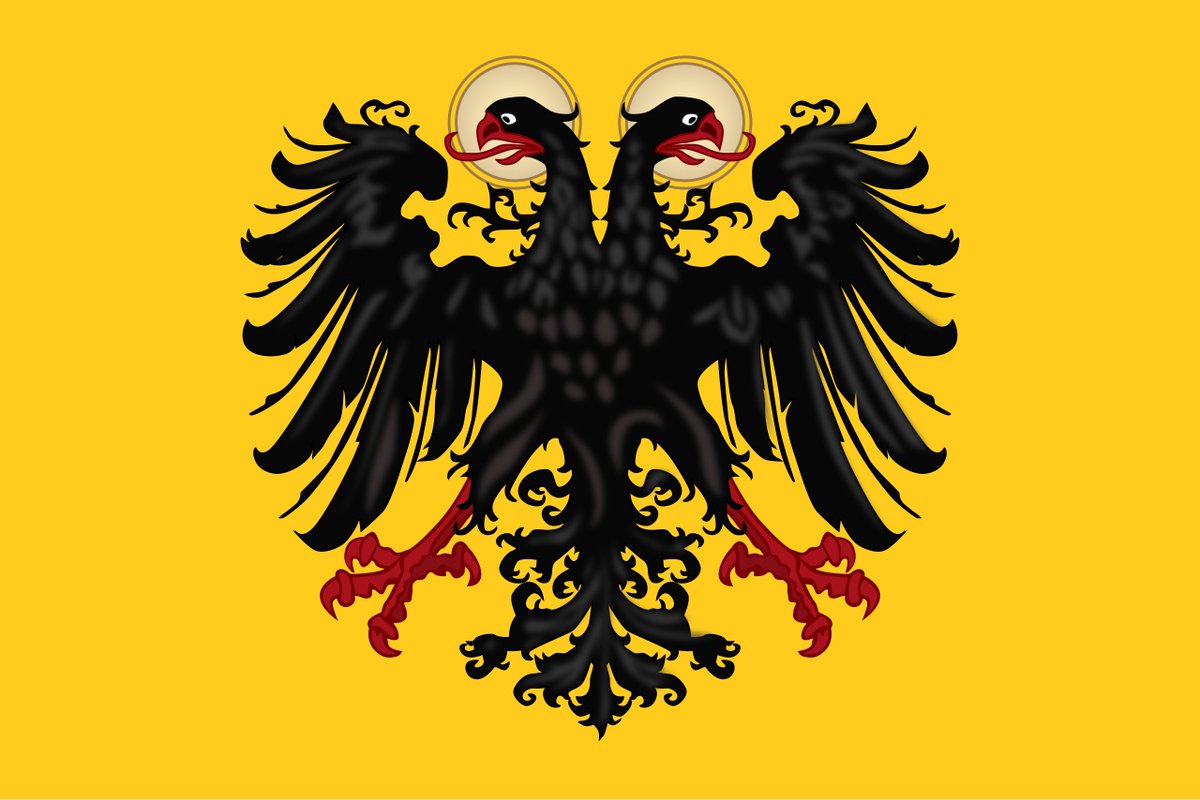Today 25 November is anniversary of the Portuguese conquest of Goa in 1510 in far away land of India! A fierce and chaotic battle in which the Portuguese led by Afonso de Albuquerque fought with immense bravery against the forces of the mighty sultan of Bijapur Yusuf Adil Shah! 

The Portuguese had already established themselves as a major force in this part of the world, having won the decisive battle of Diu in 1509 against the coalition of local powers, crippling the Mamluk Sultanate and the Gujarat Sultanate and enforcing Christian presence in area. 

The Portuguese ships instilled great terror in these far away seas! The Portuguese warriors were well armed and led by very capable and brutal men like Francisco de Almeida and Afonso de Albuquerque, men who did not shy away from using cruelty to terrify their enemies! 



Portugal was rising as the first truly global European superpower under King Manuel I The Fortunate who had already predicted great conquests in Africa, India and the rest of the Orient to Pope Julius II 1505. The Portuguese were becoming an unstoppable force! 

In 1510, the Portuguese were informed by their ally, a local privateer Timoji, that Goa would be the perfect next target as their enemies were sheltering there and recuperating after the Portuguese defeated them at Diu a year before. 

The Portuguese were led by the illustrious Afonso de Albuquerque, an extremely capable commander known as the "Lion of the Seas" and "the Caesar of the East" He would carve a great legacy for himself in these Oriental lands. 



The Portuguese managed to conquer Goa already in May of 1510 but was not able to hold the city as his forces were weakened due to monsoon rains, lack of food, horrible conditions for his soldiers and internal disputes. He was forced to temporary retreat. 

Albuquerque returned on November 25, on the day of saint Saint Catherine, reinforced with fresh Portuguese troops, numbering less than 2000 in total, and by local ally Timoji who was able to raise few thousand men. 



Goa was well defended! Adil Shah of Bijapur Sultanate had 8000 men to defend it which included experienced mercenaries from the Ottoman empire which the Portuguese called "White Turks", and Christian mercenaries like Genoese and Venetians. 

The Portuguese viciously assaulted Goa from two sides. All tactics were soon thrown out of the windows and the battle was turning into a chaotic and very bloody struggle of will and courage where the brave and well armed and armored Portuguese adventurers excelled! 

The Portuguese managed to enter the city by sheer force by blocking the city gates with their pikes to prevent them being closed and entering that way. Cries of "St. Catherine!" and "Santiago!" were echoing on the streets of Goa as the brutal fighting raged on. 

The Portuguese fought with great fury and according to chronicles committed deeds of demented bravery in a fighting that was reportedly extremely bloody even for standards of that age. The defense of the city eventually collapsed and the defenders started running for their life! 

Many of the men who tried to flee the city were killed by the Portuguese Hindu allies who came to aid Albuquerque from "the fords and from the mountains, they put to the sword all the Muslims who escaped from Goa without sparing the life of a single creature." 

"Our Lord has done great things for us, because he wanted us to accomplish a deed so magnificent that it surpasses even what we have prayed for." Albuquerque commented on his epic victory and allowed his men to sack the city and plunder at will. 

Albuquerque wanted to get the city rid of Muslims and later boasted that he haven't left a single grave stone or Islamic structure standing. He had Muslims massacred but ordered to spare the Hindu peasants and the Brahmans. 

Albuquerque reported to the king of what he called a "cleansing" of the city, "I have burned the town and killed everyone. For four days without any pause our men have slaughtered [...] Wherever we have been able to get into we haven’t spared the life of a single Muslim." 

Albuquerque continued with his report to the King, "We have herded them into the mosques and set them on fire. [...] We have estimated the number of dead Muslim men and women at six thousand. It was, sire, a very fine deed." 



Albuquerque saw this terror as necessary to send a message to Portuguese enemies in the region which was far away from Portugal so that they would not dare to challenge their might. "This use of terror will bring great things to your obedience without the need to conquer them." 

Albuquerque also spared Muslim women, especially those who he described as "white and beautiful". He also encouraged his men to marry local women from low-caste Hindus who were baptized and Christianized. His plan was to create a local Christian population loyal to Portugal! 

Despite his strict rule, Albuquerque's policies were very popular both among his soldiers and the local population as justice and order were enforced and Goa became an important center of trade for Arabian and Persian war-horses imported from Hormuz! 

Albuquerque died in sight of Goa in 1515 and was mourned even by the Hindus! After Albuquerque's conquest, Goa would remain in Portuguese hands for a long long time. The Portuguese rule lasted for about 450 years! 

• • •
Missing some Tweet in this thread? You can try to
force a refresh


